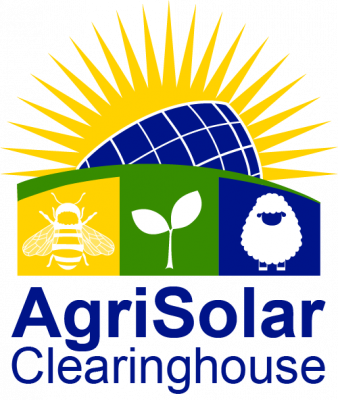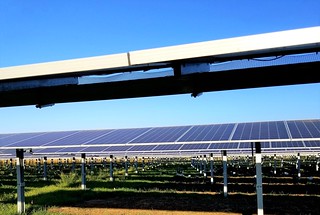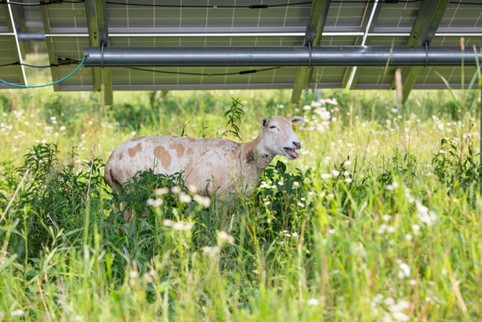
Case Study: Julie Bishop, Solar Sheep LLC
American Solar Grazing Association
Julie Bishop’s involvement in the solar grazing industry began with a snowball effect after receiving a herding dog. Once she acquired a herding dog for her grazing operation, she trained it in herding…
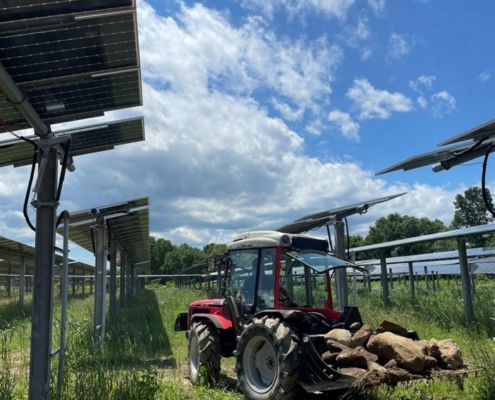
Expanding Agrivoltaics in Massachusetts
For several years, NCAT has been highlighting the benefits of agrivoltaics through the AgriSolar Clearinghouse project. And just as there are significant benefits to agrivoltaics, there are also barriers that keep more sites from being…
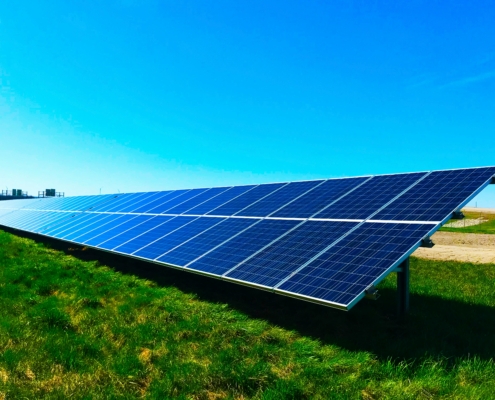
Tools for Building a Brighter and Greener Future
By Dan Salas and Ben Campbell, University of Illinois Chicago Sustainable Landscapes Program
Building out the renewable energy capacity needed to make a clean energy transition is no easy task. Siting projects, engineering designs,…

Energizing the Monarch Butterfly Migration
By Dan Salas, University of Illinois Chicago, Energy Resources Center - Sustainable Landscapes Program
The iconic monarch butterfly faces numerous threats in its migration across North America. Habitat loss, invasive species, pesticide use…
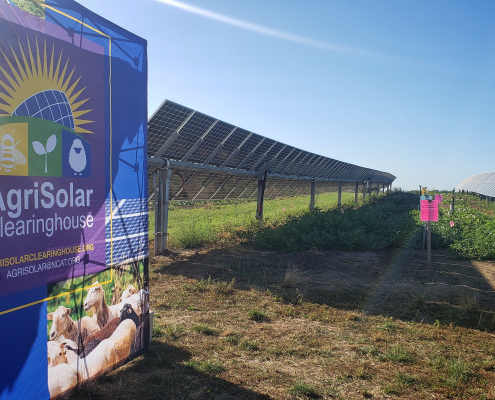
Harvesting the Sun, the Agrisolar Short Film, is Available Now!
Across the country, farmers, landowners, researchers, and solar companies are working together to harvest the sun twice: once with crops, honey, pollinators, and forage for grazing animals, and again with solar panels. This co-location…
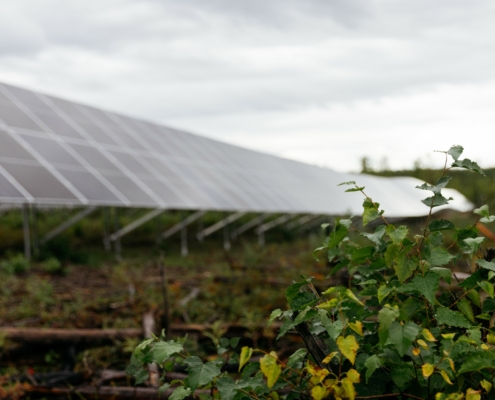
Case Study: Alaska Agrivoltaics
Southcentral Alaska is home to the state’s first agrivoltaics project, a study that aims to uncover the best practices for harvesting from both land and sun. The research team will monitor both farmed crops and native berry plants that grow between the rows of panels at an operational solar PV array. The solar array is situated in the Matanuska-Susitna Valley, where the majority of Alaska’s farmland is located.
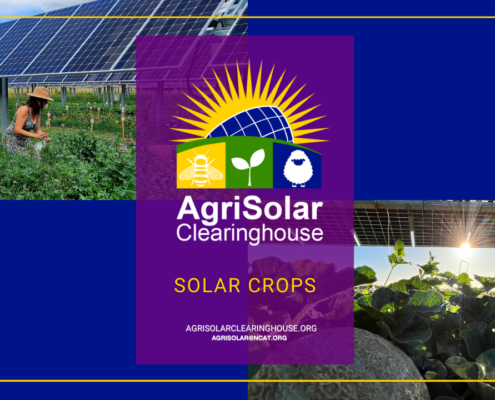
Solar and Crops: Explained
In this explainer video, AgriSolar Clearinghouse Director Stacie Peterson offers up five things to know about agrisolar and crops.
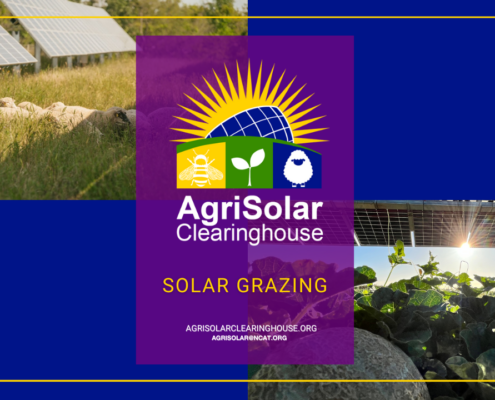
Solar Grazing: Explained
In this explainer video, AgriSolar Clearinghouse Director Stacie Peterson offers up five things to know about agrisolar and grazing.
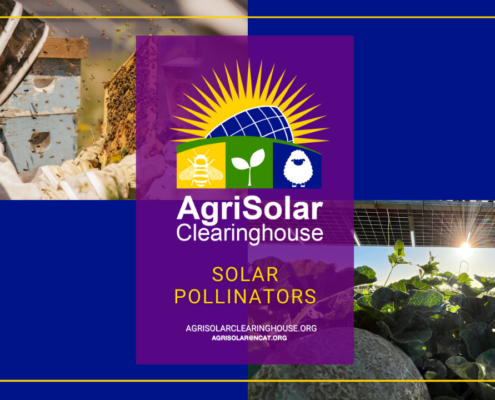
Solar Pollinator Habitat and Beekeeping: Explained
In this explainer video, AgriSolar Clearinghouse Director Stacie Peterson offers up five things to know about agrisolar and pollinator habitat and beekeeping.
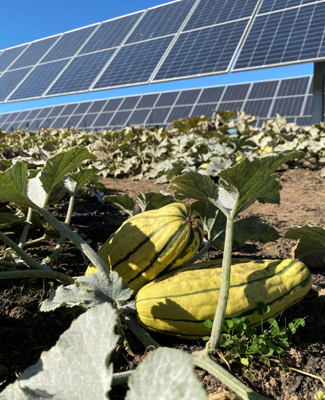
Fact Sheet: Making the Case for Crops + Solar
By Stacie Peterson, PhD, NCAT; and Heidi Kolbeck-Urlacher, Center for Rural AffairsMarch 2024
Agrisolar practices, also called agrivoltaics, are the co-location of agriculture and solar within the landscape. They include solar co-located…
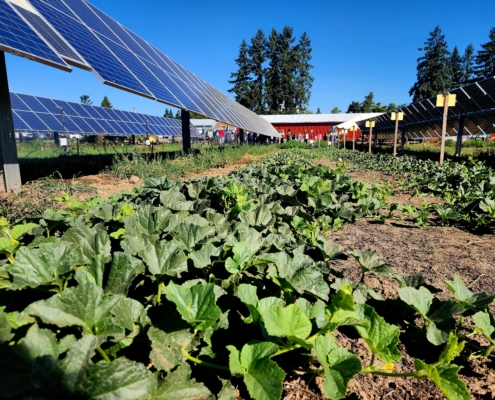
Agrisolar Short Film Coming Soon- Watch the Trailer Now!
Coming February 27th: The Agrisolar Short Film Harvesting the Sun!
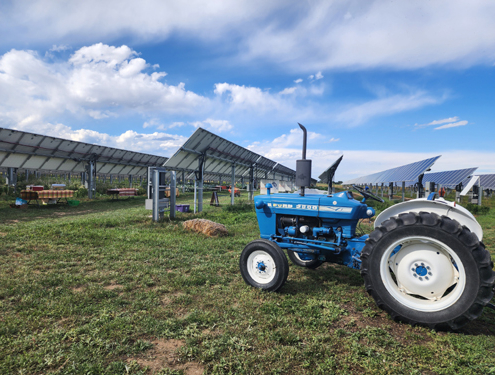
Fact Sheet: Financial Considerations for Developing an Agrivoltaic System
By Colorado Agrivoltaic Learning Centerat Jack's Solar Garden
Compared to conventional solar energy developments, agrivoltaic systems may have different capital expenditures, cash flows, and risk impacts for a solar asset owner. Discussed…
